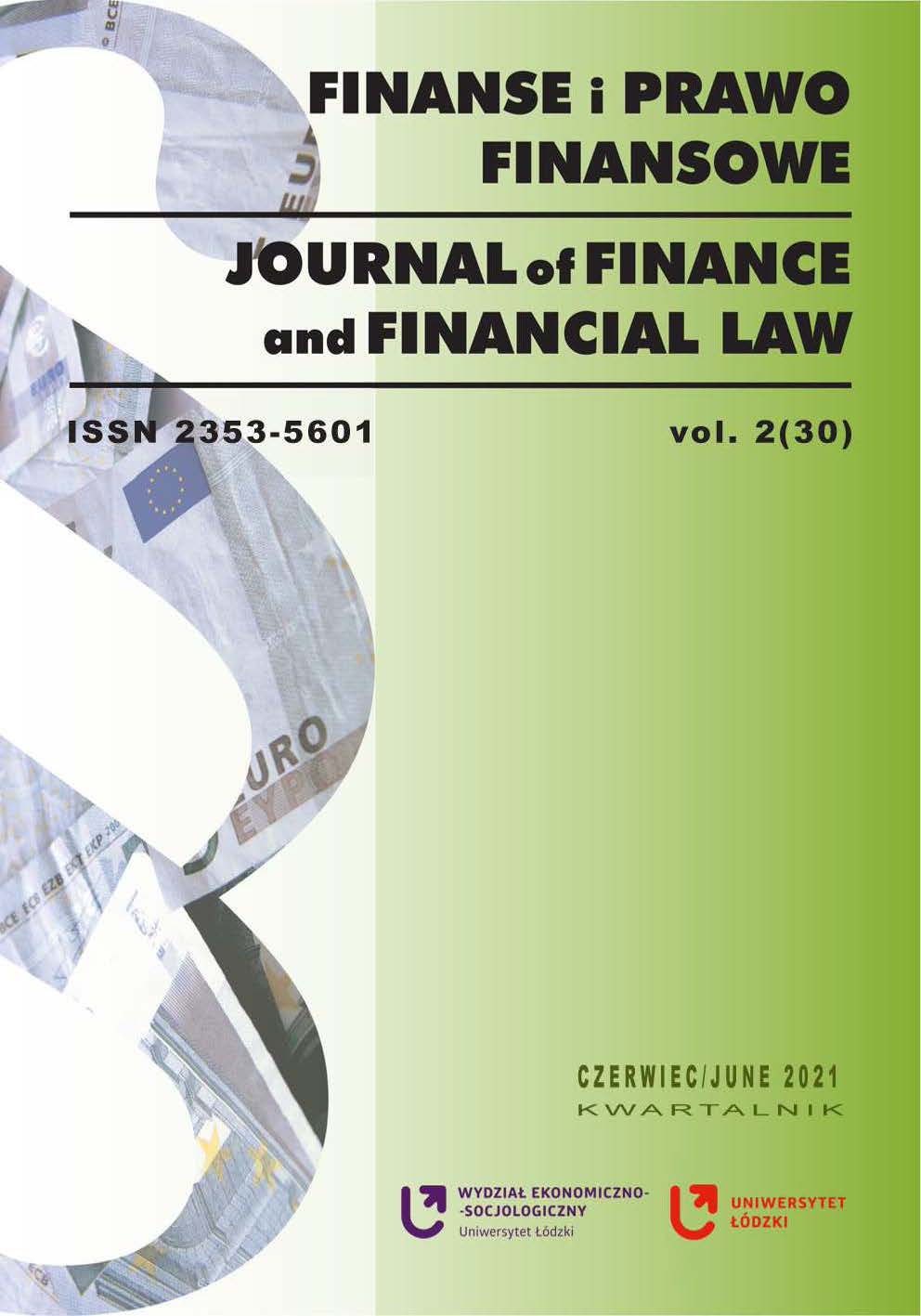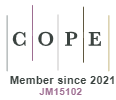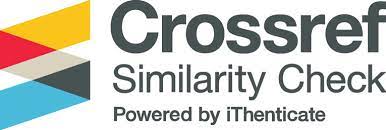Polish Encounter with a Minimum Taxation: Revenue Tax on Commercial Buildings
DOI:
https://doi.org/10.18778/2391-6478.2.30.04Keywords:
minimum tax, revenue taxation, commercial buildings, tax avoidance, real estate companiesAbstract
The purpose of the article/hypothesis. The purpose of the article is to present the concept of the minimum tax on revenues from commercial buildings and to evaluate the regulation introduced, including the formulation of de lege ferenda postulates.
Methodology. The regulatory evolution of the tax structure in 2018–2020 was analyzed and its impact on taxpayers’ settlements.
Results of the research. The hypothesis that the minimum tax in the form of a tax on revenues from commercial buildings is a non-excessive anti-abusive measure is verified. One of the purposes of this tax is, in particular, to prevent tax avoidance and profit shifting by large real estate companies owning commercial real estate of significant value. Only about 1/3 of taxpayers did not fully deduct the minimum tax due on commercial buildings from the corporate income tax calculated on general basis. The effect of the increased tax burden, at least temporarily, is mitigated by a number of solutions securing the neutrality of this tax and a relatively low level of the minimum tax.
Downloads
References
Banasik, P., Kałążny, A., Morawski, W. (2018). Podatek od przychodu z budynków – następca minimalnego podatku dochodowego od wartości budynków komercyjnych. W: B. Brzeziński, K. Lasiński-Sulecki, W. Morawski, red., Nowe narzędzia prawne w podatkach dochodowych i majątkowych. Poprawa efektywności systemu podatkowego. Monografie LEX.
Google Scholar
Interpretacja indywidualna DKIS z dnia 11 marca 2019 r., sygn. 0111-KDIB2-1.4010.512.2018.1.MJ.
Google Scholar
Ministerstwo Finansów, 6 kwietnia 2018 r., Ustalenia z KE ws. minimalnego podatku dochodowego od nieruchomości komercyjnych, https://mf-arch2.mf.gov.pl/en/ministerstwo-finansow/wiadomosci/komunikaty/-/asset_publisher/6Wwm/content/ustalenia-z-ke-ws-minimalnego-podatku-dochodowego-od-nieruchomosci-komercyjnych/pop_up?_101_INSTANCE_6Wwm_viewMode=print [dostęp: 4.01.2021].
Google Scholar
OECD/G20, October 14, 2020, Tax Challenges Arising from Digitalisation – Report on Pillar Two Blueprint, Inclusive Framework on BEPS, http://www.oecd.org/tax/beps/tax-challenges-arising-from-digitalisation-report-on-pillar-two-blueprint-abb4c3d1-en.htm [dostęp: 4.01.2021].
Google Scholar
Shaviro, D. (2020). What are minimum taxes, and why might one favor or disfavor them?. NYU Law and Economics Research Paper, 20–38.
Google Scholar
DOI: https://doi.org/10.2139/ssrn.3604328
Ustawa z dnia 15 czerwca 2018 r. o zmianie ustawy o podatku dochodowym od osób fizycznych, ustawy o podatku dochodowym od osób prawnych oraz ustawy o zryczałtowanym podatku dochodowym od niektórych przychodów osiąganych przez osoby fizyczne, Dz.U. 2018, poz. 1291.
Google Scholar
Ustawa z dnia 15 lutego 1992 r. o podatku dochodowym od osób prawnych, tj. Dz.U. 2020, poz. 1406.
Google Scholar
Ustawa z dnia 26 lipca 1991 r. o podatku dochodowym od osób fizycznych, tj. Dz.U. 2020, poz. 1426.
Google Scholar
Ustawa z dnia 27 października 2017 r. o zmianie ustawy o podatku dochodowym od osób fizycznych, ustawy o podatku dochodowym od osób prawnych oraz ustawy o zryczałtowanym podatku dochodowym od niektórych przychodów osiąganych przez osoby fizyczne, Dz.U. 2017, poz. 2175.
Google Scholar
Uzasadnienie do rządowego projektu ustawy o zmianie ustawy o podatku dochodowym od osób fizycznych, ustawy o podatku dochodowym od osób prawnych oraz ustawy o zryczałtowanym podatku dochodowym od niektórych przychodów osiąganych przez osoby fizyczne, druk nr 1878.
Google Scholar
Downloads
Published
How to Cite
Issue
Section
License

This work is licensed under a Creative Commons Attribution-NonCommercial-NoDerivatives 4.0 International License.














